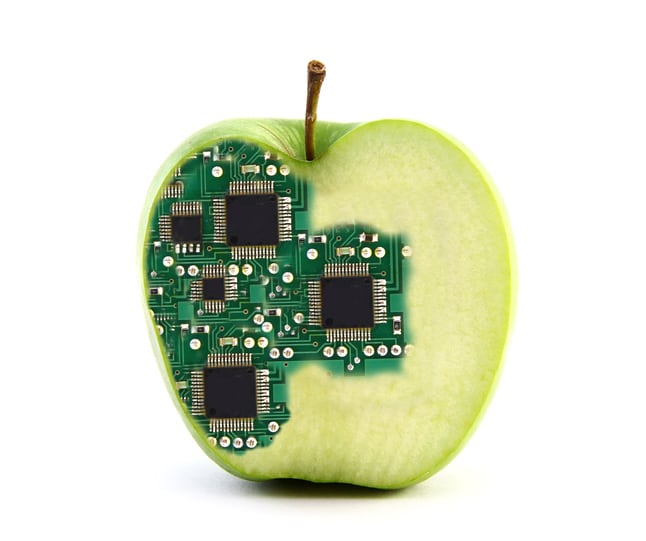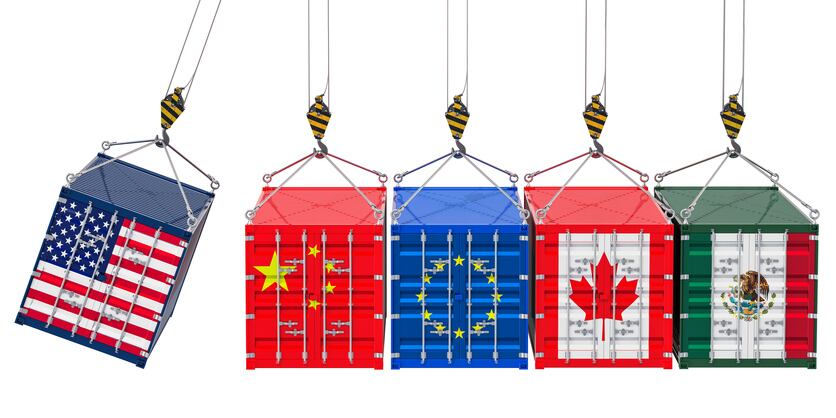At the FoodIntegrity conference in Nantes this month, the director of the European Commission’s Joint Research Centre (JRC), Elke Anklam, laid out the JRC’s priority areas for action in tackling food fraud.
Wine authenticity, mislabelled fish species, water in poultry and fake olive oil all featured in the list, as did organic fraud, when conventional produce is sold as higher value organic.
But the JRC has put this last problem “on hold” for the time being, Anklam said, because it seemed to be “mission impossible”.
Areas of vulnerability to fraud exist at almost all parts of the supply chain, from production (where unauthorised pesticides and fertilisers can be used) to manufacturing (for instance, non-segregated processing lines), and as the demand for organic products rises, so does the incentive to cheat.
According to a 2017 Europol report, counterfeit certification labels, such as fake organic or protected designation of origin (PDO) labels, is a “major” problem for the European food industry.
However, Simon Kelly, food safety specialist at the FAO/IAEA programme, challenged Anklam’s view that detecting conventional products labelled as organic is mission impossible.
The FAO/IAEA is an interagency partnership of the United Nations that uses the IAEA’s expert knowledge in non-power nuclear and isotope techniques to solve problems in the agri-food industry.
Kelly told conference delegates that while analytical methods cannot detect all elements of organic farming – the European charter includes a point on how it enhances the landscape and wildlife, for instance – tools to measure other parameters do exist and have been used by commercial laboratories for years.
Stable nitrogen and oxygen isotope analysis, for instance, can provide evidence to corroborate whether chemical fertilisers were used during farming and to authenticate organic fertiliser-use, while pesticide analysis as “an established and reliable technique”.
Determining whether organic-labelled meat really has come from animals reared in high welfare conditions, meanwhile, can be determined using fluorescence microscopy to reveal traces of veterinary drugs.
Researchers tested this and found that when pigs and chickens were given the antibiotic tetracycline in single, double and long-term ‘prophylactic’ doses (the latter is banned in organic farming) appear differently, making this method a good indicator, Kelly said (although one current limitation is that bone samples are needed).
The organic expectation
According to Peter Ringke, head of R&D at food safety trade association SGF, people have expectations that organic food is ‘free-from’.
What it is free from depends on the person in question.
A B2C consumer expects organic food to be free from pharmaceutical products, antibiotics and pesticides. As RIngke put it: “No chemistry, please.”
The B2B customer expects it to be free from food safety risks and fraud.
Mass balance
Not all methods to fight organic food fraud take place in laboratories.
Check Organic uses a cloud-based database to verify in real-time whether organic produce really is organic. A product launched by Organic Services, it does so by cross-referencing a producer, trader or supplier’s organic claims with data on acreage and production yields.
Data is obtained from national databases, certification bodies and satellite imagery.
Owner and director of Organic Services Gerald A. Herrmann, who served as vice-president and president of organic trade association IFOAM for nearly 20 years, said: “We are using a combination of certification, production and transaction data to find the needle in the haystack. The haystack is mass balance and the needle is fraud.”
In 2016 and 2017, for instance, Turkish trader Beyaz Agro bought a shipment of conventional soy and corn from a Ukrainian producer, falsified the documents and sold it as organic, adding about $4 million to the value. This fraud was compounded by the absence of a capable guardian, according to Herrmann, because the external certifier checked the documents given by Beyaz Agro, found them to be correct and issued a valid certificate.
“The certifier could have checked whether the producer certificates were valid by contacting the certifier of the producer – but this is not mandatory,” added Herrmann.
The trader in question later had its organic supplier status revoked by the USDA but this kind of fraud could have been prevented in real-time with OrganicCheck’s cloud database and traffic light-style warning system, Herrmann said.




